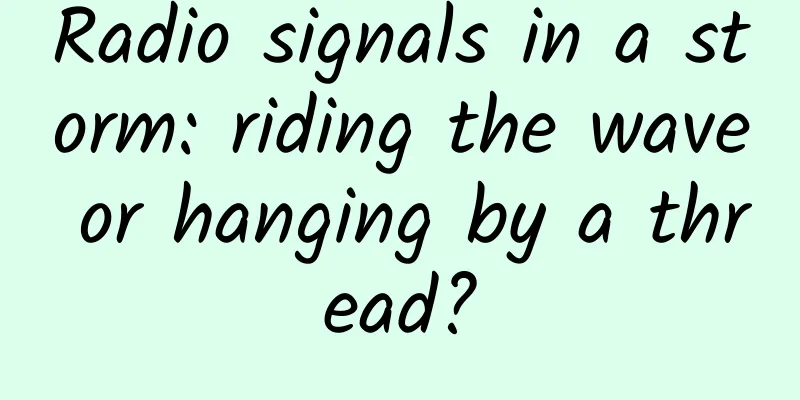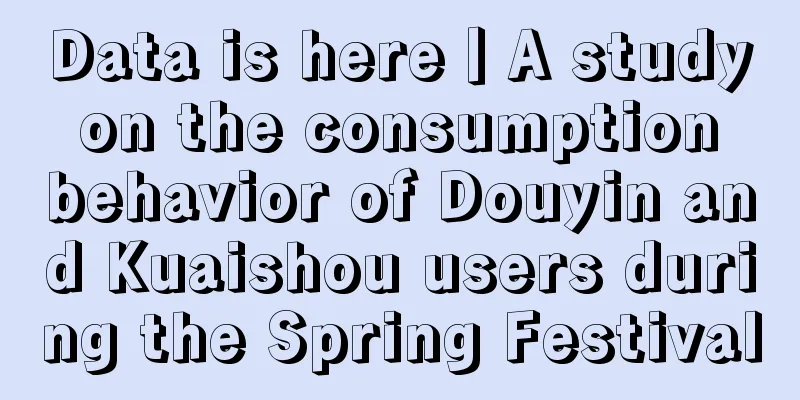Radio signals in a storm: riding the wave or hanging by a thread?

|
With thunder and lightning, howling winds, and pouring rain, when a storm is raging, we may hide in the house and feel the wildness of nature. But did you know that this seemingly ruthless storm also has a significant impact on the radio signals on which we depend for survival? Signal attenuation : Storms are the "signal killer" Raindrops, hail, and snow are common "signal killers" in storms. They are like tiny obstacles that absorb and scatter radio signals, causing signal strength to weaken or even completely interrupt. The larger the diameter of the raindrops, the more severe the attenuation of the signal. Generally speaking, the higher the frequency of the radio signal, the faster it attenuates. For example, mobile phone signals usually use higher frequencies and are therefore more easily affected in storms. Multipath effect: the "ghosting" of signals When radio signals encounter obstacles such as raindrops and buildings, they will be reflected and scattered, forming multiple propagation paths. The signals on these paths will be superimposed on each other, causing signal distortion and even echoes, which is the so-called "multipath effect." The multipath effect can blur the received signal, affect the quality of voice calls, and even cause errors in data transmission. In severe cases, it can even cause a complete interruption of radio communications. Lightning interference : a fatal blow to signals Lightning is one of the most dangerous phenomena in a storm. It not only poses a threat to personal safety, but also causes strong interference to radio signals. The electromagnetic pulses generated by lightning can instantly generate strong electric and magnetic fields, interfering with nearby electronic equipment. Radio receivers are also unable to resist such strong interference, causing momentary interruptions or distortion of signals. Signal enhancement: an unexpected surprise In some cases, storms can actually boost radio signals because objects such as raindrops and hail can act as reflectors, bouncing radio signals back to the ground, increasing the signal's strength. This phenomenon is common in ultra-short wave communications. For example, in some mountainous or hilly areas, if there are enough reflective objects on the ground, storms can help expand the coverage of radio signals. The impact of storms on radio signals is multifaceted, both negative and positive. In order to better resist the impact of storms on radio signals, people have invented various anti-interference technologies, such as frequency hopping technology and spread spectrum technology. With the advancement of science and technology, these technologies will become more and more perfect, helping us maintain smooth radio communications even in severe weather conditions. Source: Chongqing Radio Science Popularization Experience Center Audit expert: Yang Yaohui Statement: Except for original content and special notes, some pictures are from the Internet. They are not for commercial purposes and are only used as popular science materials. The copyright belongs to the original authors. If there is any infringement, please contact us to delete them. |
<<: Ancient fruit preservation: How dare you let the queen eat rotten melons?
Recommend
Four major advertising channels and budget planning in 2019!
It is estimated that digital media advertising sp...
Price inquiry for customized Weihai specialty mini program. How much does it cost to customize Weihai specialty mini program?
The launch of mini programs has brought convenien...
Top ten keywords for new media in 2018!
The year 2018 has passed by in a flash. The prosp...
Qualcomm founder publicly reviewed: How the world's top 500 companies select their successors
On December 12th, West Coast time, at Qualcomm he...
AI Internet: Imagine a life without work
Recently, I have discussed a lot about the future...
Actual case of flash group operation!
What I want to talk about is a set of flash group...
"Xiaoyao Town" and "Tongguan Roujiamo" have no right to charge franchise fees! Officially clarified
In the early morning of November 26, the State In...
In the next 10 years, which Internet vertical fields are most suitable for entrepreneurship?
[[155596]] I heard that the Internet is full of g...
People in Beijing and Tianjin have been "infected"! Don't swat this insect if you find it
"Is this a rove beetle? I've never seen ...
There is clearly no one else in the room, but I always feel like there is something "present". What's going on?
Have you ever had this experience: just woke up f...
Insights | Three abilities a person needs
Famous Artists Gallery | Chen Banding, also known...
Two key steps to attract new users and retain users on e-commerce apps!
In the second half of the mobile Internet, it has...
Unboxing the Xiaomi Router Youth Edition: A Must-Have for College Dormitories
On August 13, 2015, Xiaomi launched the Xiaomi Ro...
What diseases are prone to occur in hot and humid weather? Here is the authoritative answer!
During the Lesser Heat, the temperature is high a...









